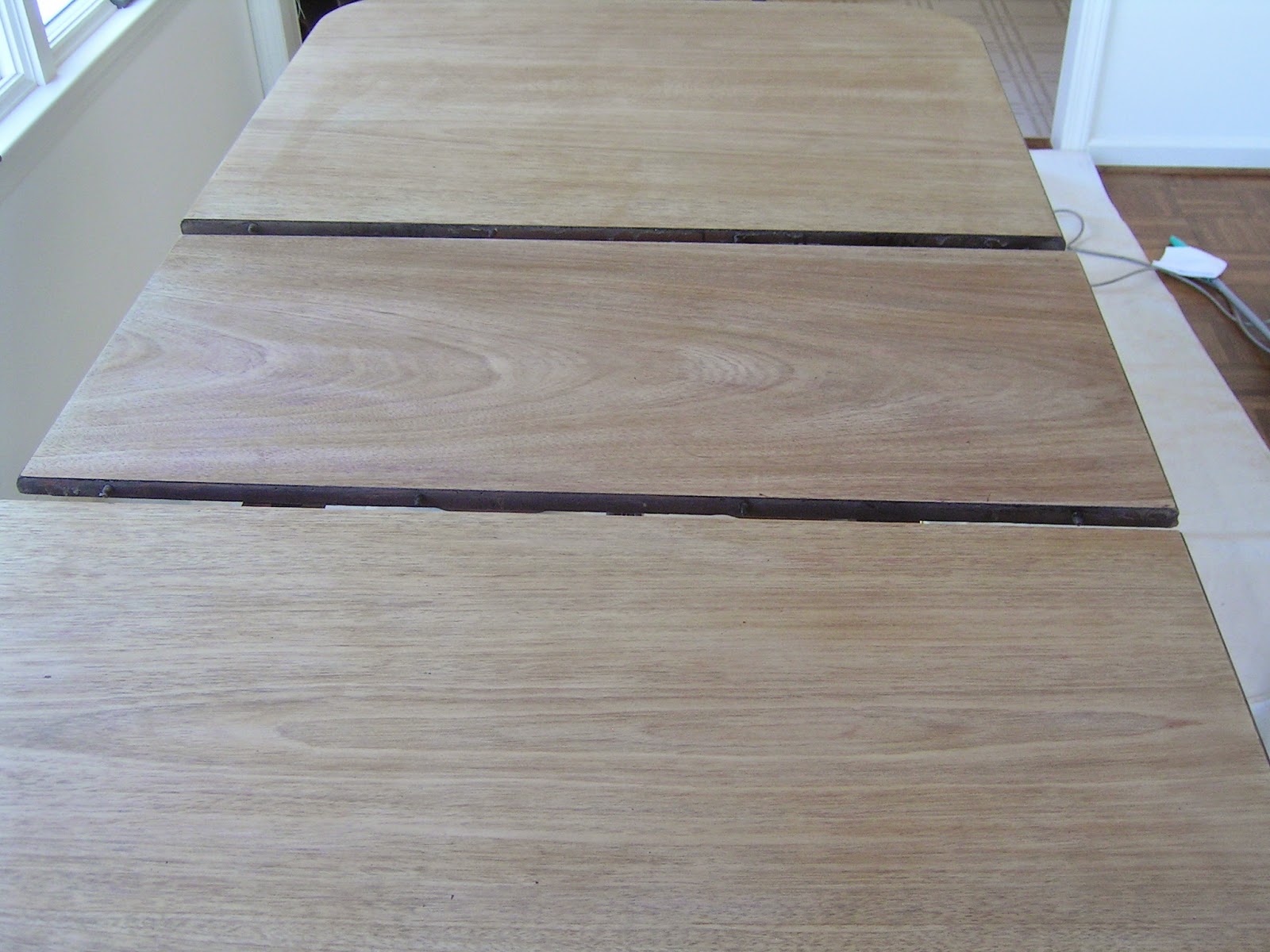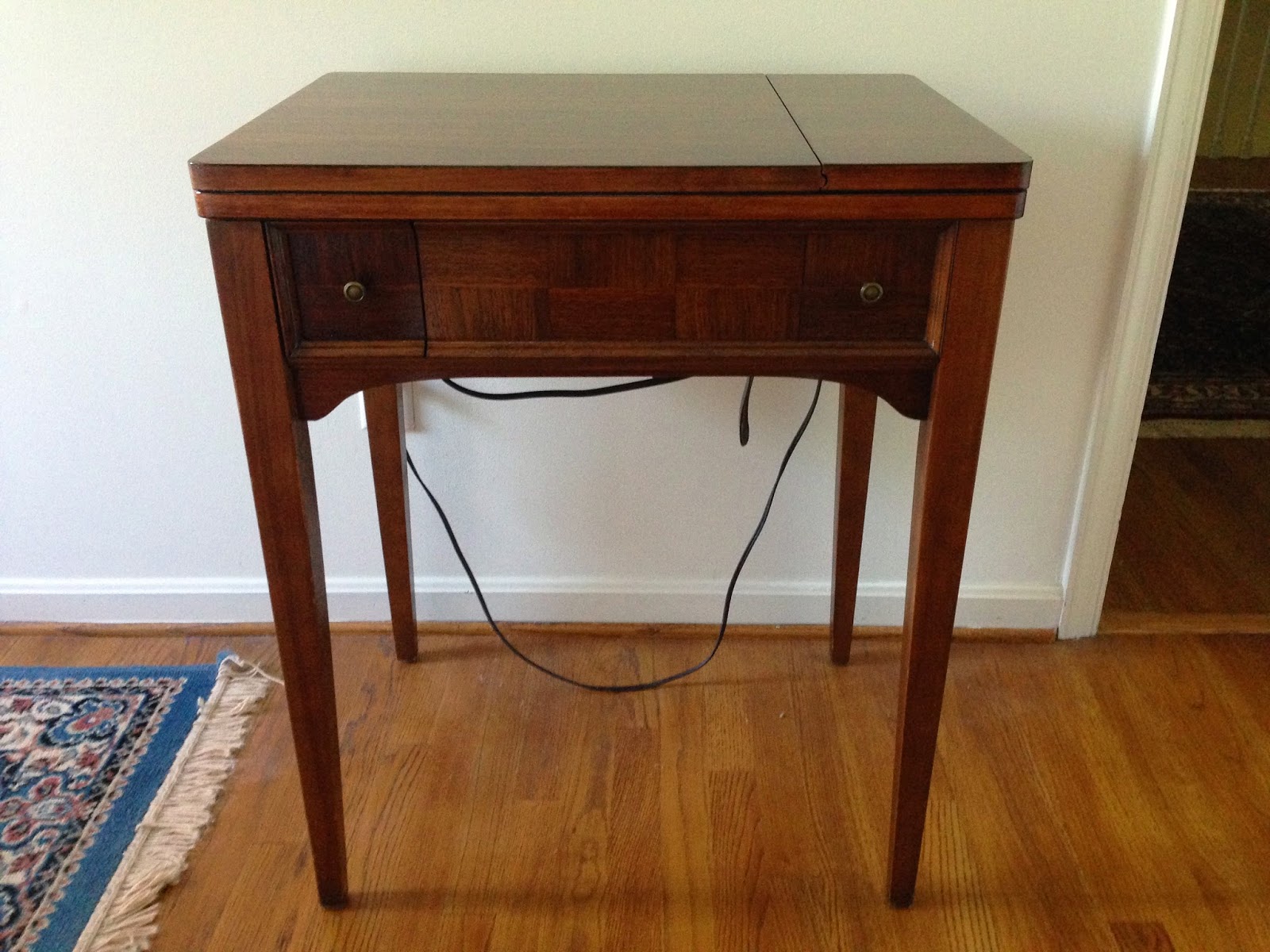On December 20, E made a Pilots 'n Paws
flight for nine rescued dogs who began the day in North Carolina
and ended up with rescue organizations in New Jersey and New York.
Let's take a look at the passengers.
This mom and her four puppies were
rescued by Pam. One of Pam's co-workers told her a family was planning
to take these dogs to the local high-kill shelter the next day,
so Pam picked them up and took them home with her and found a rescue group in New Jersey
to take them.
These three siblings were rescued by a
family who found them dumped in the middle of a road near their farm.
The family kept them safe until Pam found a rescue
group in New York to take them.
Lucky and his mom were living at an
abandoned farm. Mike noticed the dogs and began stopping every
day to feed them. As you can see, Lucky had a serious injury to his
back. He also had a rip in his tongue. Mike got in touch with
Pam, and Pam took Lucky home with her. The same New Jersey rescue
group which agreed to take the mom and her puppies also agreed to
take Lucky. Mike made arrangements to keep mom safe until she can
make it to her rescue group in Connecticut.
Early in the morning on December 20,
Pam loaded all nine dogs into her Jeep and headed for the airport in
Roanoke Rapids, North Carolina, while Michele and her co-pilot Dennis
flew to Roanoke Rapids from their home base in Maryland. All nine
dogs boarded Michele's Cessna 172, and Michele and Dennis flew home where E met them. The
dogs boarded E's Piper Cherokee and he flew them to New Jersey.
The mom and her puppies and Lucky stayed in New Jersey with their rescue group, while the
three siblings boarded Charlie's Piper Archer so he could fly them
from New Jersey to their rescue group in New York.
In his first few days in New Jersey, Lucky had surgery to
repair the rip in his tongue and to graft skin onto the wound on
his back which the vet says was caused by a large bird. He is now in
a good home where he will stay until his health issues are resolved
and he's ready to be adopted. Here's how Lucky spent Christmas Day. A few days earlier, he wasn't able to lie on his back.
If you'd like to get the warm fuzzy reward which comes from helping an animal in need, take a look at the Pilots 'n Paws website.

















































